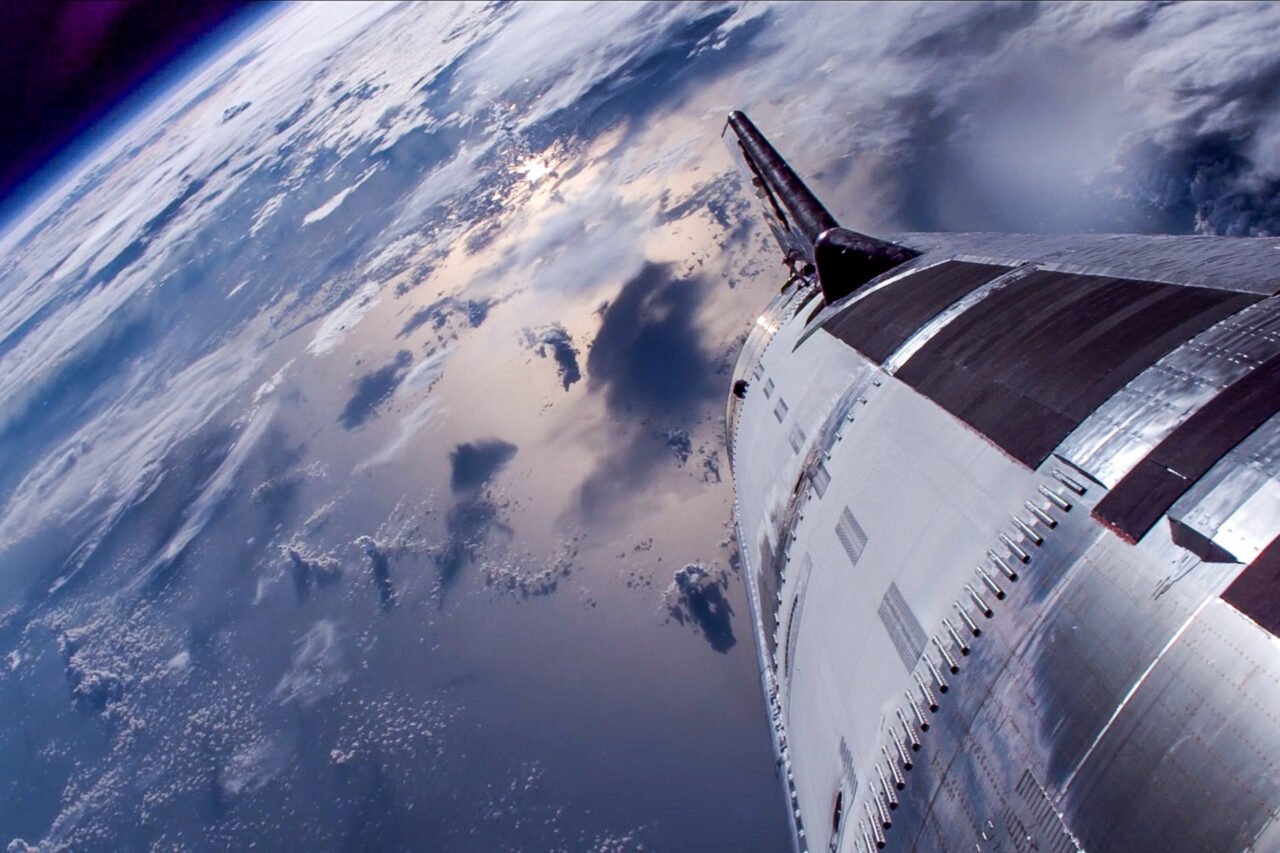Science
SpaceX Plans Final Test Flight of Starship Version 2 on October 13

SpaceX is set to launch its Starship megarocket for its final test flight of the year on October 13, 2023. The launch, designated Flight 11, will take place from the company’s facility in Boca Chica, Texas, at 19:15 Eastern Time. Livestream coverage will begin approximately 30 minutes before liftoff on SpaceX’s official website and social media platforms.
Final Preparations for a Landmark Flight
Ahead of this significant event, SpaceX shared images of the Starship’s Super Heavy booster on its launch pad. The rocket, which is the largest and most powerful ever constructed, stands at approximately 400 feet (122 meters) tall. This final test flight aims to validate many of the systems before the introduction of Starship Version 3, which is expected to launch in early 2026. Elon Musk, the CEO of SpaceX, has noted that the next iteration will be even larger, capable of carrying up to 100 tons (363 metric tons) into orbit.
Version 2’s last test flight, Flight 10, took place in August and was successful, following a series of previous failures that had hampered the program. For this crucial test, SpaceX has designed a flight plan that includes some advancements to further assess the rocket’s performance under stress, particularly its heat shield systems.
A Comprehensive Test Plan
During Flight 11, the Super Heavy booster is expected to splash down in the Gulf of Mexico, while the upper stage will follow a suborbital trajectory before reentering the atmosphere and attempting a water landing in the Indian Ocean. This test will also involve deploying eight dummy Starlink satellites and reigniting one of the Raptor engines in space.
To enhance the evaluation of the thermal protection systems, SpaceX removed several ceramic tiles from the heat shield. This flight will also feature a dynamic banking maneuver designed to simulate the reentry path that future flights will follow. The Super Heavy booster will demonstrate a unique landing burn strategy, igniting 13 of its 33 engines at the start, transitioning to five engines for trajectory adjustments, and finally utilizing three center engines for the concluding phase of the burn.
This mission represents a critical step for SpaceX’s rapid reusability strategy, as it will be the second time a Super Heavy booster has been reused. The booster selected for this launch previously flew on Flight 8 in March, with twenty-four of its Raptor engines also having prior flight experience.
As the Starship program progresses, SpaceX faces increasing pressure to meet its development milestones. The upcoming launch on October 13 is expected to be a pivotal moment in the company’s long-term ambitions for space travel.
-

 Lifestyle5 months ago
Lifestyle5 months agoLibraries Challenge Rising E-Book Costs Amid Growing Demand
-

 Sports4 months ago
Sports4 months agoTyreek Hill Responds to Tua Tagovailoa’s Comments on Team Dynamics
-

 Sports4 months ago
Sports4 months agoLiverpool Secures Agreement to Sign Young Striker Will Wright
-

 Lifestyle4 months ago
Lifestyle4 months agoSave Your Split Tomatoes: Expert Tips for Gardeners
-

 Lifestyle4 months ago
Lifestyle4 months agoPrincess Beatrice’s Daughter Athena Joins Siblings at London Parade
-

 Science4 months ago
Science4 months agoSan Francisco Hosts Unique Contest to Identify “Performative Males”
-

 World4 months ago
World4 months agoWinter Storms Lash New South Wales with Snow, Flood Risks
-

 Science5 months ago
Science5 months agoTrump Administration Moves to Repeal Key Climate Regulation
-

 Business5 months ago
Business5 months agoSoFi Technologies Shares Slip 2% Following Insider Stock Sale
-

 Science5 months ago
Science5 months agoNew Tool Reveals Link Between Horse Coat Condition and Parasites
-

 Sports5 months ago
Sports5 months agoElon Musk Sculpture Travels From Utah to Yosemite National Park
-

 Science5 months ago
Science5 months agoNew Study Confirms Humans Transported Stonehenge Bluestones









